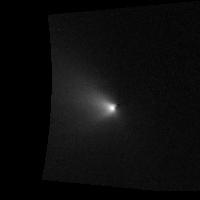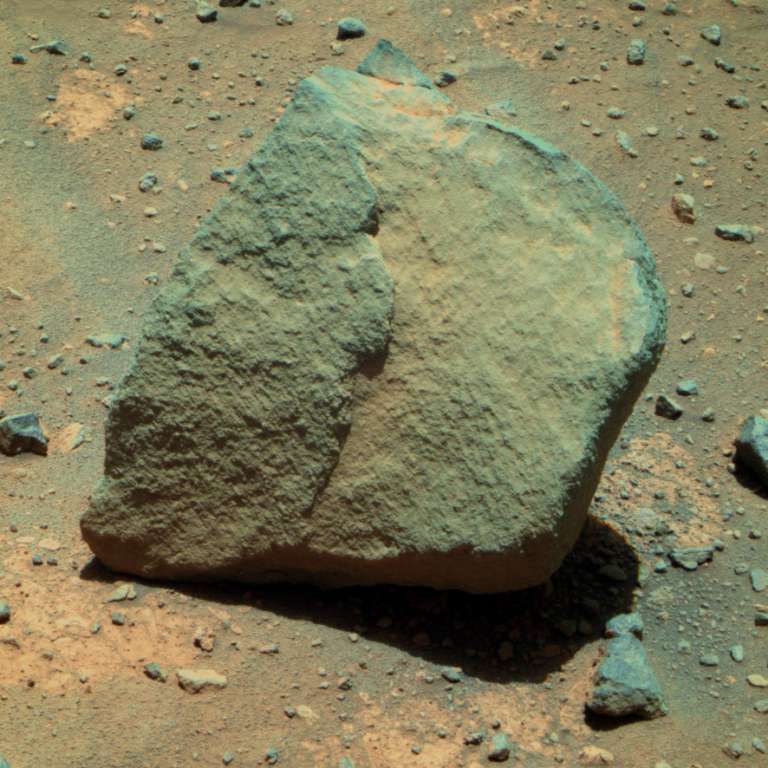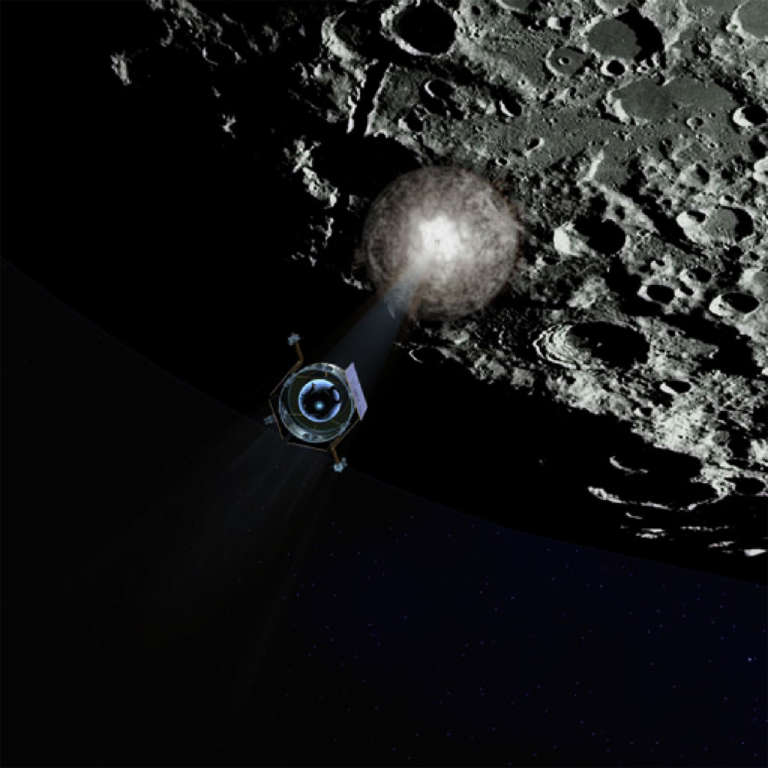All
All
Stories, updates, insights, and original analysis from The Planetary Society.
Spectacular animation of Halley's comet
It's a holiday and I'm enjoying time with the family, so rather than write a lot, I will let a spectacular image do the talking for me.
Saturn's aurora, even better than before
The Cassini imaging team have posted their own processed and captioned version of the Saturn's aurora movie that I posted a preview of about six weeks ago, and it was worth the wait.
Encouraging motion on Spirit
It really looks like the second attempt at driving Spirit out of the trap has had the hoped-for result: some forward progress (maybe about a centimeter), and no evidence for further downward sinking.
Opportunity's poking at Marquette Island; Cassini's catching dancing moons
Since tomorrow's class is going to be on playing with raw images from the rovers and Cassini, I've been playing with recent raw images from the rovers and Cassini! I just thought I'd share a couple of the fun items I've been working with.
Results of the first "Free Spirit" extrication drive, sol 2088: not much, as expected
Even though all of us rover fans know that Spirit is really, really stuck, I think I'm not the only one who was secretly hoping that today's images downlinked from Spirit would show that the rover had magically popped out of the ground overnight. Of course, she didn't.
Rosetta Earth swingby successful
Rosetta appears to have operated flawlessly as it streaked past Earth for its flyby early this morning. Here are a few more gems from the flyby.
HiRISE sees Phoenix in the Martian spring
These Mars Reconnaissance Orbiter HiRISE images of the defunct Phoenix lander in the early dawn light of northern spring have been out for some time, but no one had accomplished the difficult task of locating the Phoenix hardware in them until this week.
Spinning spokes in Saturn's rings
Here's a neat animation captured last month by Cassini and assembled by Mike Malaska: spokes in Saturn's B ring.
Fun for Sunday: Titan and Tethys pas de deux
Checking in on Cassini's raw images this weekend, there are several nice shots to play with, including the many frames from which I tossed together this cute animation.
OMG! Aurora!
Unmannedspaceflight.com member Astro0 was fiddling around with an interesting-looking sequence of Cassini images when he discovered their purpose -- they were gathered in order to see if Cassini could catch aurorae flaring into being near Saturn's north pole. Cassini sure did!
Video from Palomar Observatory on LCROSS impact night
The Palomar Observatory adaptive optics image of the crater Cabeus remains the best I've seen from ground-based telescopes of the LCROSS impact site.
LCROSS impact recap, with animations
Quite a night! I set my alarm for 3:15 am in order to get up and watch LCROSS crash into the Moon.
A couple of helpful visualizations of LCROSS impact
The visualization studio at Goddard Space Flight Center has just posted some handy simulations of what we can expect the LCROSS impact to look like.
Beautiful 3D animation of Spirit's environs in Gusev Crater
Doug Ellison has done it again: he's created a spectacular overflight of Gusev crater based upon digital elevation models of the terrain produced by the United States Geological Survey from HiRISE data.
Opportunity's highway, and a tour of Block Island
Just a cool image to start the morning: after a 70-meter drive yesterday, Opportunity's following not one but two sets of its own tracks.
A sunset into the dust
While Spirit has been stuck at Troy, it's been taking numerous opportunities to capture photos with dramatic twilight lighting. On sol 2,002 (three sols ago, or August 21), it gazed toward the setting Sun, snapping the shutter roughly once a minute.
Opportunity and Spirit updates: Both are now driving
Another day, another drive: on sols 1,693 and 1,695 the Opportunity rover conducted two more lengthy drives to the south, totaling almost 200 meters. On the other side of the planet, Spirit is FINALLY in motion again.
Some beautiful video from the Spirit and Opportunity landing sites
A majority of the people who work in planetary geology are usually associated with one or maybe two missions, doing all their research on the results from one instrument on one mission. But there are a few people whose expertise cuts across many space missions, and an even smaller number of people who seem to work on almost everything. Randy Kirk is one of those people.


 Explore Worlds
Explore Worlds Find Life
Find Life Defend Earth
Defend Earth


 Sun
Sun Mercury
Mercury Venus
Venus Earth
Earth Mars
Mars Jupiter
Jupiter Saturn
Saturn Uranus
Uranus Neptune
Neptune Small Bodies
Small Bodies
















